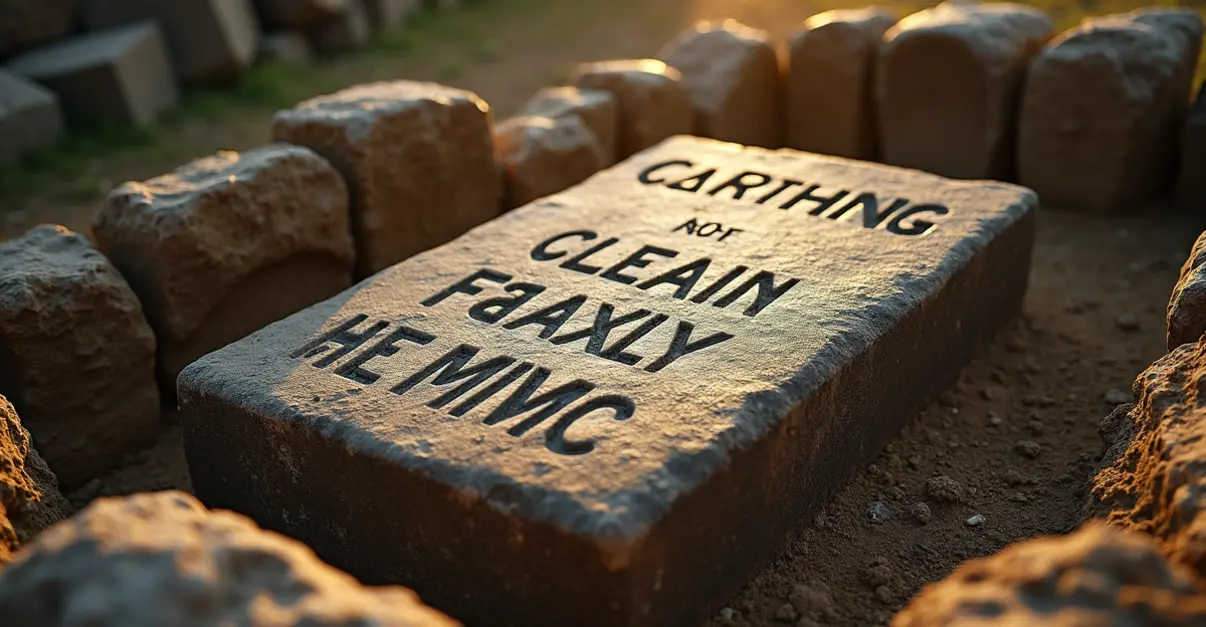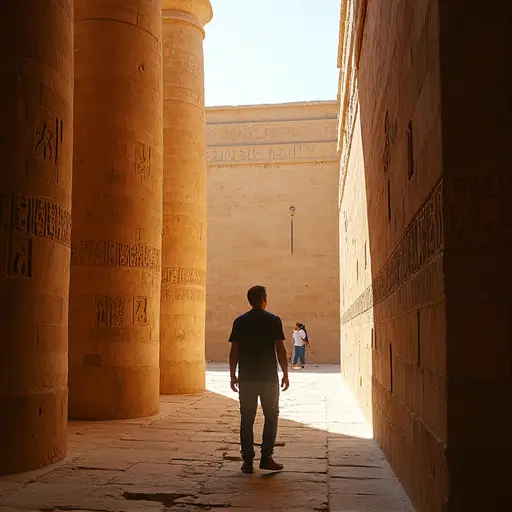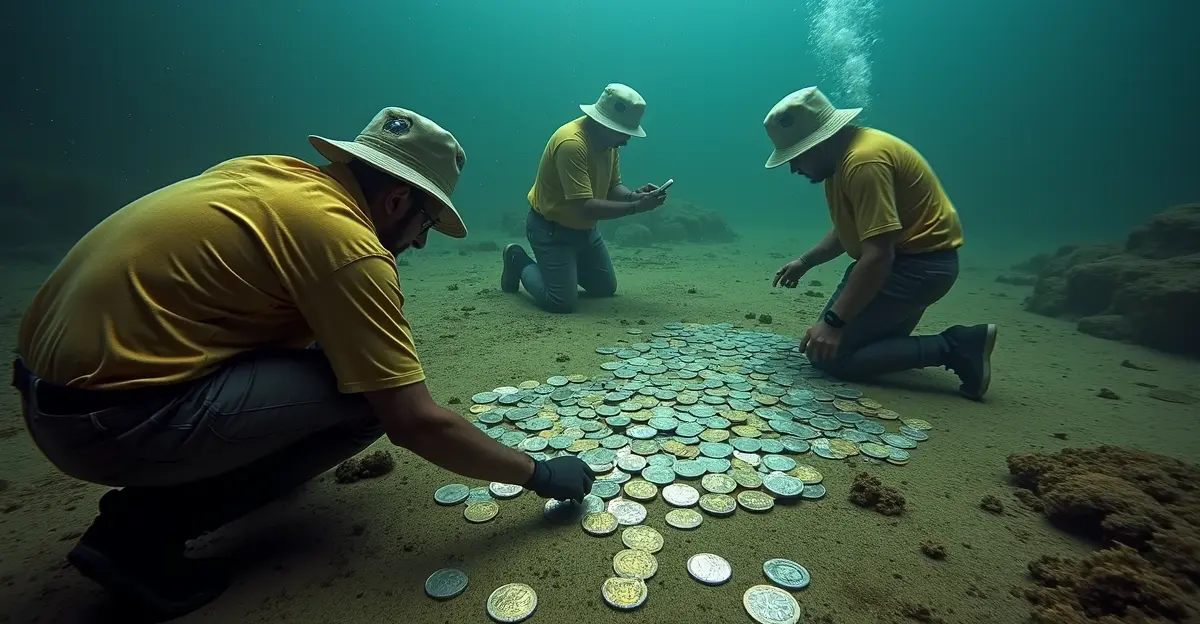A 1,900-year-old Roman gravestone discovered in a New Orleans backyard baffles archaeologists. The artifact belonged to soldier Sextus Congenius Verus and was missing from an Italian museum since WWII bombing.

Centuries-Old Roman Gravestone Found in Unlikely Location
In a remarkable archaeological discovery that has baffled experts, a nearly 2,000-year-old Roman gravestone was found buried in a New Orleans backyard, creating an international mystery about how the ancient artifact traveled across the Atlantic Ocean. The discovery was made in March 2025 when homeowners Daniella Santoro and Aaron Lorenz were clearing brush in their Carrollton neighborhood garden and uncovered a marble slab that turned out to be a genuine Roman funerary monument.
The Soldier's Story Revealed
The marble gravestone, measuring approximately 12 inches wide, bears a Latin inscription that identifies it as belonging to Sextus Congenius Verus, a Roman soldier who lived during the 2nd century AD. According to the inscription, Verus was a Thracian-born sailor who served 22 years in the Roman praetorian fleet aboard the warship Asclepius and died at age 42. The inscription reads: 'To the spirits of the departed for Sextus Congenius Verus, soldier of the praetorian fleet of Miseno, Thracian, 42 years old, 22 years in service, deservedly made for him by his heirs.'
Archaeologist Ryan Gray, who was called to examine the find, immediately recognized the significance of the discovery. 'When Daniella called me, she thought she might have found evidence of an old cemetery under her property,' Gray explained. 'The truth turned out to be much more extraordinary - we were looking at a genuine Roman artifact that shouldn't have been anywhere near Louisiana.'
Museum Connection and Wartime Loss
Further research revealed that this exact gravestone had been documented as missing from the National Archaeological Museum in Civitavecchia, Italy, where it was originally displayed. The museum suffered extensive damage during Allied bombing raids in World War II between 1943-1944, when many artifacts were lost or displaced. 'The stone with precisely this text was known to be missing from the museum in Civitavecchia, near where it was originally found,' Gray discovered with help from his international 'Team Tombstone' of experts.
The connection to the Italian museum led Gray to contact the FBI's Art Crime Team, which specializes in recovering stolen cultural property. The FBI confirmed the gravestone's provenance and began the process of repatriating the artifact to Italy. 'This represents an extremely rare instance of ancient Roman artifacts being discovered in the United States,' noted an FBI spokesperson familiar with the case.
The Transatlantic Journey Mystery
While the gravestone's ultimate destination is now clear, its journey from Italy to New Orleans remains a compelling mystery. Researchers have explored several theories about how the artifact crossed the Atlantic. 'Maybe the stone fell into the hands of a dealer and was sold to a tourist in the years after the war,' Gray speculated. 'Perhaps a family member thought it was a useful paving stone for the muddy garden when cleaning out belongings.'
Investigators considered whether the stone might have been brought to the U.S. by a soldier returning from Europe after WWII. While one neighbor had served in the military during the war, records showed he had only served in the Pacific theater. The previous homeowners had no known connections to Italy, deepening the mystery of how the gravestone ended up in a New Orleans garden.
International Cooperation and Repatriation
The case has become an example of successful international cooperation in cultural heritage protection. The FBI's Art Crime Team, established in 2004, has recovered over 20,000 items valued at more than $1 billion since its inception. This gravestone represents another important recovery in their ongoing efforts to return stolen cultural property to its countries of origin.
'Although I've been an archaeologist in New Orleans for 25 years, there are always surprises and mysteries to figure out,' Gray reflected. The archaeologist expressed satisfaction that the stone will soon return to Italy, even if the complete story of its transatlantic journey remains unknown for now.
The gravestone's discovery highlights the importance of public awareness about archaeological finds and the proper handling of cultural artifacts. As the FBI works to complete the repatriation process, this 1,900-year-old Roman soldier's memorial will finally return to its homeland, closing a chapter in one of the most unusual archaeological discoveries in recent American history.

 Nederlands
Nederlands
 English
English
 Deutsch
Deutsch
 Français
Français
 Español
Español
 Português
Português









